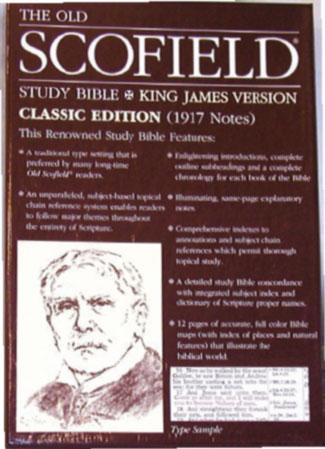1689Dave
Well-Known Member
After you return to animal sacrifices, fully rejecting Christ? Don't count on it.You’ll be my apprentice in that Kingdom. No hard feelings
Joy unspeakable full of glory
Welcome to Baptist Board, a friendly forum to discuss the Baptist Faith in a friendly surrounding.
Your voice is missing! You will need to register to get access to all the features that our community has to offer.
We hope to see you as a part of our community soon and God Bless!
After you return to animal sacrifices, fully rejecting Christ? Don't count on it.You’ll be my apprentice in that Kingdom. No hard feelings
Joy unspeakable full of glory
The Millennium is a Pharisee Doctrine.
First, MILLENNIUM: MILLENNIUM - JewishEncyclopedia.com
By: Joseph Jacobs, A. Biram
Table of Contents
Messianic Period an Interregnum.
The reign of peace, lasting one thousand years, which will precede the Last Judgment and the future life. The concept has assumed especial importance in the Christian Church, where it is termed also “chiliasm,” designating the dominion of Jesus with the glorified and risen saints over the world for a thousand years. Chiliasm or the idea of the millennium is, nevertheless, older than the Christian Church; for the belief in a period of one thousand years at the end of time as a preliminary to the resurrection of the dead was held in Parseeism. This concept is expressed in Jewish literature in Enoch, xiii., xci. 12-17; in the apocalypse of the ten weeks, in Apoc. Baruch, xl. 3 (“And his dominion shall last forever, until the world doomed to destruction shall perish”); and in II Esdras vii. 28-29. Neither here nor in later Jewish literature is the duration of this Messianic reign fixed. It is clear, however, that the rule of the Messiah was considered as an interregnum, from the fact that in many passages, such as Pes. 68a, Ber. 34b, Sanh. 91b and 99a, Shab. 63a, 113b, and 141b, a distinction is made between and , although it must be noted that some regarded the Messianic rule as the period of the fulfilment of the prophecies, while others saw in it the time of the subjugation of the nations.
So it is no wonder it found its way into the first century Church comprised mainly of Jews.
But in time, the church condemned it as heresy. First, According to the Nicene Creed
We believe in one God, the Father Almighty, Maker of heaven and earth, of all things visible and invisible.
And in one Lord Jesus Christ, the only-begotten Son of God, begotten of His Father before all worlds; God of God, Light of Light, very God of very God; begotten, not made, being of one substance with the Father, by whom all things were made; Who, for us men and for our salvation, came down from heaven, and was incarnate by the Holy Spirit of the virgin Mary, and was made man; and was crucified also for us under Pontius Pilate; He suffered and was buried; and the third day He rose again, according to the Scriptures; and ascended into heaven, and is seated at the right hand of the Father; and He shall come again, with glory, to judge both the living and the dead; Whose kingdom shall have no end.
And we believe in the Holy Spirit, the Lord and Giver of Life; who proceeds from the Father and the Son; who with the Father and the Son together is worshiped and glorified; who spoke by the prophets. And we believe in one holy catholic* and apostolic church. We acknowledge one baptism for the remission of sins; and we look for the resurrection of the dead, and the life of the world to come. Amen.
Sproul, R. C. (Ed.). (2015). The Reformation Study Bible: English Standard Version (2015 Edition) (p. 2389). Orlando, FL: Reformation Trust.
And condemned as heresy by the Council of Ephesus in 431 in two ways.
“In addition to its condemnation of Nestorianism, the council also condemned
Pelagianism, [2] and rejected premillennialism (Justin Martyr, Irenaeus, Papias,
Tertullian, Origen, Lactantius) in favor of amillennialism (Clement of
Alexandria, Chrysostom, Jerome and Augustine of Hippo): "Augustine's
explanation became Church doctrine when it was adopted as the definitive
explanation of the millennium by the Council of Ephesus in 431."[35]
Secondly, “Canon 7 condemned any departure from the creed established by the First Council of Nicaea (325)” This affirmed Jesus “shall come again, with glory, to judge both the living and the dead; whose kingdom shall have no end.” Thereby denouncing premillennialism and the doctrines leading up to and including Dispensationalism of the 1800s.
Retrieved from "Council of Ephesus - Wikipedia"

